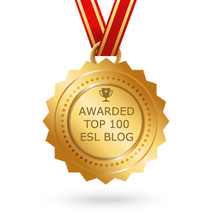|
What kind of word wall is on your walls? Does it support your learners or is it just there as part of the wall paper creating wall pollution? Let me tell you first hand...I used to have a traditional word wall and I wholeheartedly thought I was doing what was best for my students. It was alphabetical and I put words on it that were Tier I, Tier II, and Tier III (thinking that I was supporting everyone). I tried playing games with my students using the word wall and I even let them add their own words to it so they could take ownership of the wall. But as a lifelong learner I embrace new information and when I find something that is better for students, I recognize it. Recently I learned about Interactive Word Walls from Dr. Julie Jackson. She is a professor at Texas State University and travels to deliver professional development regarding these amazing word walls. Her expertise is in the field of science but I think the word walls can work in any content area. The idea is that the word wall is not alphabetically organized, rather is it structured by theme or unit of study. In addition, these word walls can take many shapes. They are in the form of various graphic organizers (only really large on our walls). Students interact with them and add visuals, realia (real objects), sketches, or pictures to the categories. The word walls usually have a sentence stem or frame as well to support comprehension and synthesize meaning. Why is this type of word wall better than a traditional word wall? Research shows that our brains work better when information is organized and categorized, connected and attached to a visual or real object. All of this is embedded in Interactive Word Walls. If you still aren't buying it, take a look at the two pictures below. Imagine that you are a student learning both content AND language in this classroom. How much would you learn from this traditional word wall? Probably not much. Now take a look at this Interactive Word Wall. Are you able to gather any language from it and synthesize information from the word wall? Even though this is a language that you (probably) don't speak, chances are that you are able to connect meaning from this type of word wall. Because of it's organization and use of visuals, the Interactive Word Wall allows our knowledge from L1 (first language) to transfer to our target language. So useful! Plus if there are any words that you did not know in your L1, you will be able to learn them easily since there are visuals to help you. Let's take a look at the fist column. Did you initially think this column was electric energy and then when you looked more closely at the last few pictures (sun and fire) you thought...no, it can't be electric, it must be heat energy? Think of the high level of processing that your brain had to go through to come to that conclusion. Make it Even More ELL Friendly One way to make it EVEN more ELL friendly is to add some Total Physical Response (click to learn more). When introducing the key words on the word wall, teach students a physical movement to go along with the meaning of the words. For example, if we were learning about heat energy, I might have my kids fan their faces because heat is hot. Or for sound energy we might put our hands around our mouths like a megaphone or cup our ears like we are listening. Steps for making your own Interactive Word Wall: 1. Select critical vocabulary based on grade level essential skills. 2. Sketch a map or graphic organizer that will best display the topic (Venn Diagram, Bubble, T Chart, Content Frame, etc.) 3. Create the graphic organizer frame on your classroom wall. 4. Allow students to add to the wall during class as learning grows. 5. Students can have their own copy of the graphic organizer to complete as well. Like I mentioned, I learned how to make word walls more interactive and accessible from Dr. Julie Jackson. She taught me. Who will you teach? Pass this knowledge along. It will only make teaching and learning better for the greater good of our students. Like George Bernard Shaw said, “If you have an apple and I have an apple and we exchange these apples then you and I will still each have one apple. But if you have an idea and I have an idea and we exchange these ideas, then each of us will have two ideas.” For more about interactive word walls, watch the short YouTube video below or visit the resources down here. Link to the Google Slides. Resources: http://www.thesciencetoolkit.com/about-me/ www.thesciencetoolkit.com/wp-content/uploads/2015/11/Interactive-Word-Walls-Science-Scope.pdf http://www.thesciencetoolkit.com/wp-content/uploads/2015/10/Interactive-Word-Walls-Science-and-Children.pdf https://www.youtube.com/watch?v=zuaOjtk9QoM
T. Fons
7/3/2017 12:45:33 pm
Like you, I relied on the traditional word wall. Hoewever, being a life long learner, I came to realize our students are constantly changing how they learn and we should change how we deliver our lessons in order to keep up with the needs of our students. Dr. Jackson once said, "We process visuals 60,000 times faster than text." That quote made a huge impact on how I delivered my lessons during this past KSAT.
Valentina
7/3/2017 03:20:31 pm
I agree and thank you so much for leaving a comment. We can't keep doing the same things and expect different results.
Cindy Ip
8/3/2017 09:18:34 pm
Thank you for posting this! I was thinking of ways to make my word wall more helpful for my ENLs and I had a similar idea like yours, but I wanted to see if other teachers have done the same or if there was reaearch to support my idea. Your post has definitely made me feel more confident :) Now, with research backing this up, I'm excited to make this change!
Valentina
11/30/2017 07:45:33 am
Thank you for your comments. Have you tried these tips since then? I’d love to hear how it’s going.
Tanya Hill
12/12/2017 03:31:08 pm
This is a wonderful resource that can be used across the curriculum. I will definitely implement this into my classroom!
Cris
1/7/2019 02:32:04 am
This is excellent! Thank you SO MUCH for sharing. I will be using this strategy very soon in my ELD lessons.
Joni Eberle
8/10/2019 10:56:20 am
Thank you so much for the Interactive Word Wall information. I’m a first year ESL Specialist at an elementary campus. Not only do I want to include this in my classroom for my English learners, but I want to be able to help the content teachers on my campus to better use their word walls to help make the words accessible for all of the students in their classrooms, including the EL’s. Comments are closed.
|
Categories
All
|
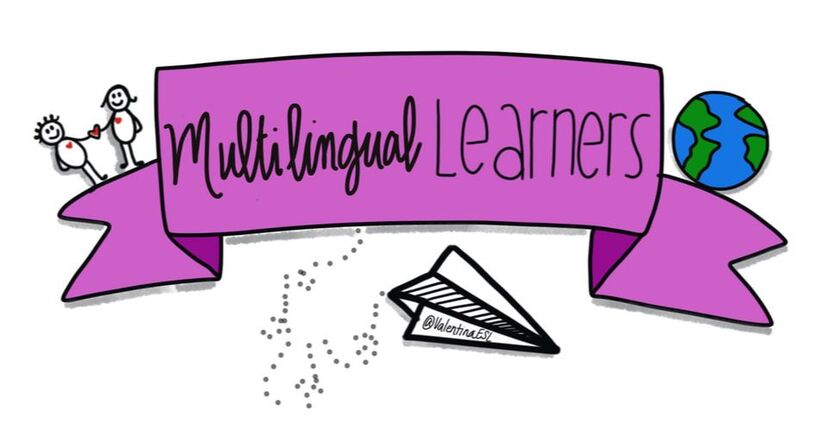
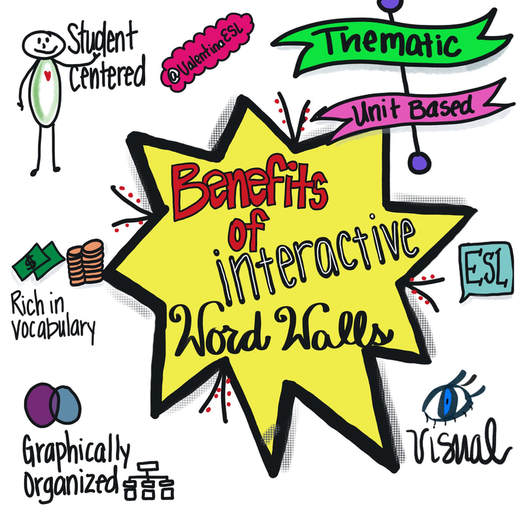
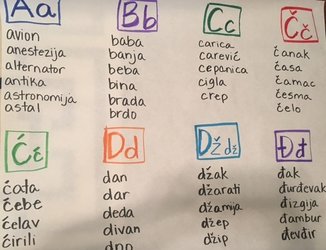
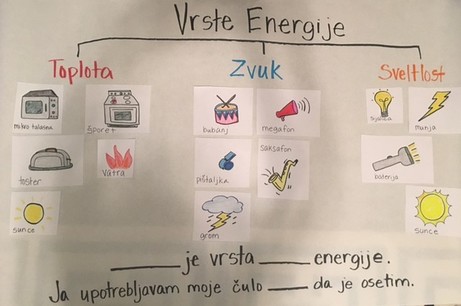
 RSS Feed
RSS Feed
